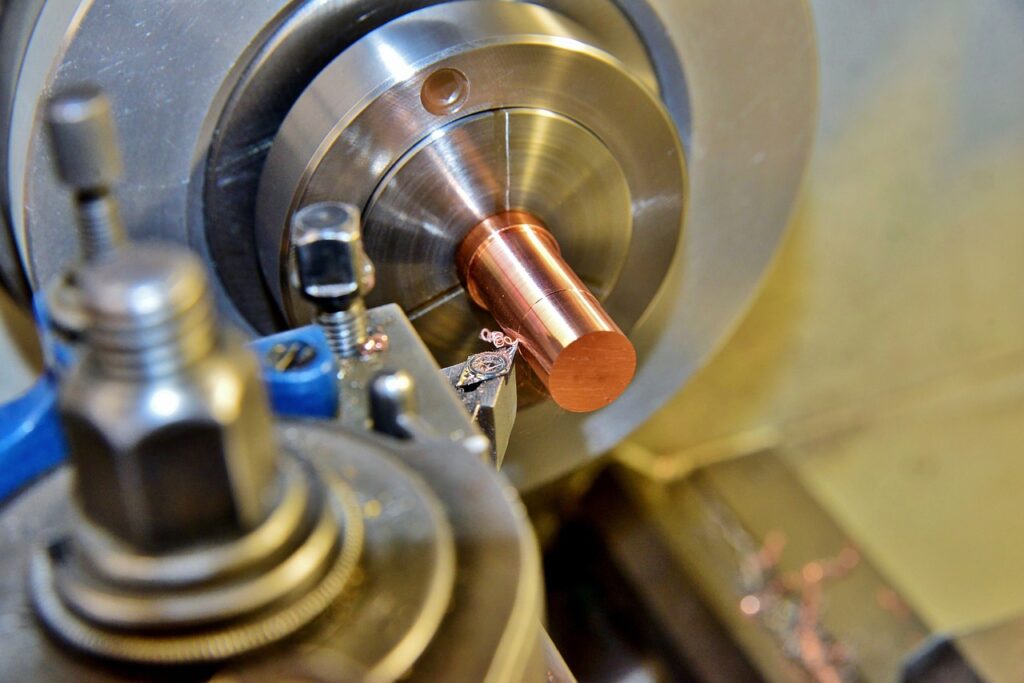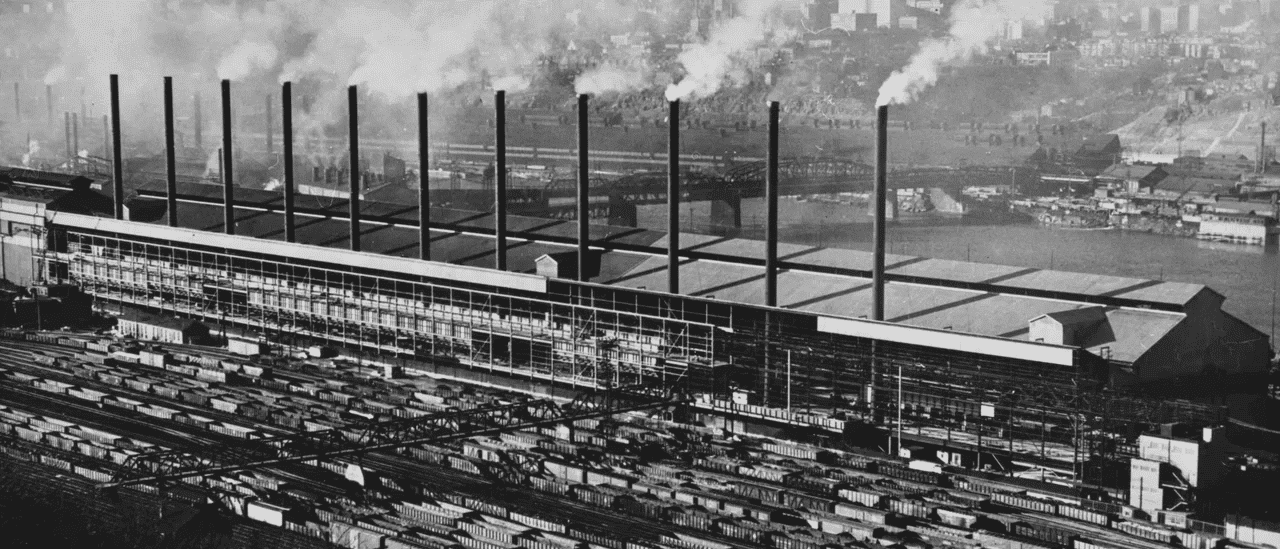
Image Source: Pixabay
Turret lathes are designed to hold multiple cutting tools. This allows the machine to perform a variety of operations without stopping. This dramatically improves productivity.
A machinist can change and insert a tool in a fraction of the time it takes to manually switch out a single tool. This makes turret lathes an excellent choice for high-production work.
The Striker
The striker is a part of the machine that allows the punch to push down on the material and cut it into different shapes. It is powered by a hydraulic system or by a servo motor like Accurl’s ES NT Electro. This component helps reduce tooling costs and ensures that the punch hits the material at the desired position. However, it is important to be diligent with the cleanliness of this tool because contamination can cause damage and prevent a clean punch from hitting the workpiece properly.
The turret is controlled by the computer numerical control (CNC) system, which sends signals to the machine to make it rotate and put the cutting tool in the correct position. The machine then executes the specified machining process to finish the metal piece.
A machinist can change the tool in a turret in about 30 seconds. The turret can be used for various types of machining processes, including turning, facing, grooving, tapping, and milling polygons.
VDI, which stands for Verein Deutscher Ingenieure, provides a wide range of tools that can be fitted to the turret in the lathe. These include axial collet holders, quick-change holders, and chucks for drills and internal boring bits. Each VDI holder has a serrated shaft that inserts into the turret hole and is then tightened with an Allen wrench to clamp it in place. This type of holder is best for machining parts that require a large amount of force.
The Clamp
A turret allows a CNC lathe to perform a range of different machining operations without having to change the tool manually. When a new tool is required, the machine automatically indexes the turret to position the desired tool and secure it in place. This reduces downtime and increases machining efficiency.
A CNC turret can be used to store up to six cutting tools. This is far more than a traditional engine lathe, which can hold only four. This makes a turret ideal for larger work, such as car parts or machine tools.
It’s important to understand the function and performance of a turret in a CNC machine so that you can utilize it properly for effective and efficient results. With the help of professional technicians from CNC machining services, you can ensure that your turret is functioning correctly and delivering optimal results.
In the electronics industry, for example, a CNC turret plays a vital role in crafting intricate components that are needed to make gadgets and devices functional. The versatility and precision offered by a CNC turret has helped companies create countless technological advancements, from mobile phones to laptops. This technology is now a staple in many of our daily lives, thanks to the reliability and consistency it provides. Without it, many of the modern gadgets we rely on would be inoperable.
The Lifters
The lifters are the component that’s responsible for sending up the upper tools once they’re done punching. This is essential for avoiding contamination, which could otherwise ruin the entire process. The lifters are typically made from plastic or steel and can be bought from any hardware store. There are also several specialized variants available. Some come with a variety of features, such as automatic timers or internal passages that deliver coolant to the tooling.
Another important part of a turret machine is the tools changer. This component is pre-programmed with the intended cutting tools and turret position, which will then send signals to move the turret and put the appropriate cutting tool in place. This is essential for ensuring that the machining process runs smoothly, and it helps to avoid wasted time due to manual tool changes.
Turrets are a common tooling device in CNC machines, and understanding their functions is essential for operating them efficiently. They’re an excellent way to speed up the machining process, and they can also help you save money by eliminating the need for manual replacements. In addition, learning about the turret’s components can help you diagnose and fix any problems that may arise during the process. If you’re looking for a turret punch, make sure to check out the many options available to you.
The Die Holder
In many industries, high productivity is key to achieving profitability and growth. However, in order to achieve this, parts must be machined with precise accuracy, and a single-spindle lathe may not be sufficient. This is where a turret CNC machine comes in. A turret machine is capable of executing multiple machining operations simultaneously, allowing for greater production in less time.
A turret is an intricate machine component, and there are many different types available. Some are specifically designed for milling, while others are better suited for turning operations. Regardless of the type of turret you choose, it is crucial to understand its functions and how it works in order to get the most out of it.
Basically, the turret is a revolving mechanism that holds cutting tools. The turret is then controlled by a computer numerical control system, or CNC, to move and position the tool in the correct place.
There are two main types of turrets used in CNC lathes: Axial and radial. The axial turrets hold chucks that can be inserted and removed by loosening a screw. The radial turrets are used for holding drills, internal boring bits, and long radial cutters. The axial turrets can be combined with live tooling, which means the lathe can also do milling operations. This is a great feature for those who need to produce a variety of different parts.






























